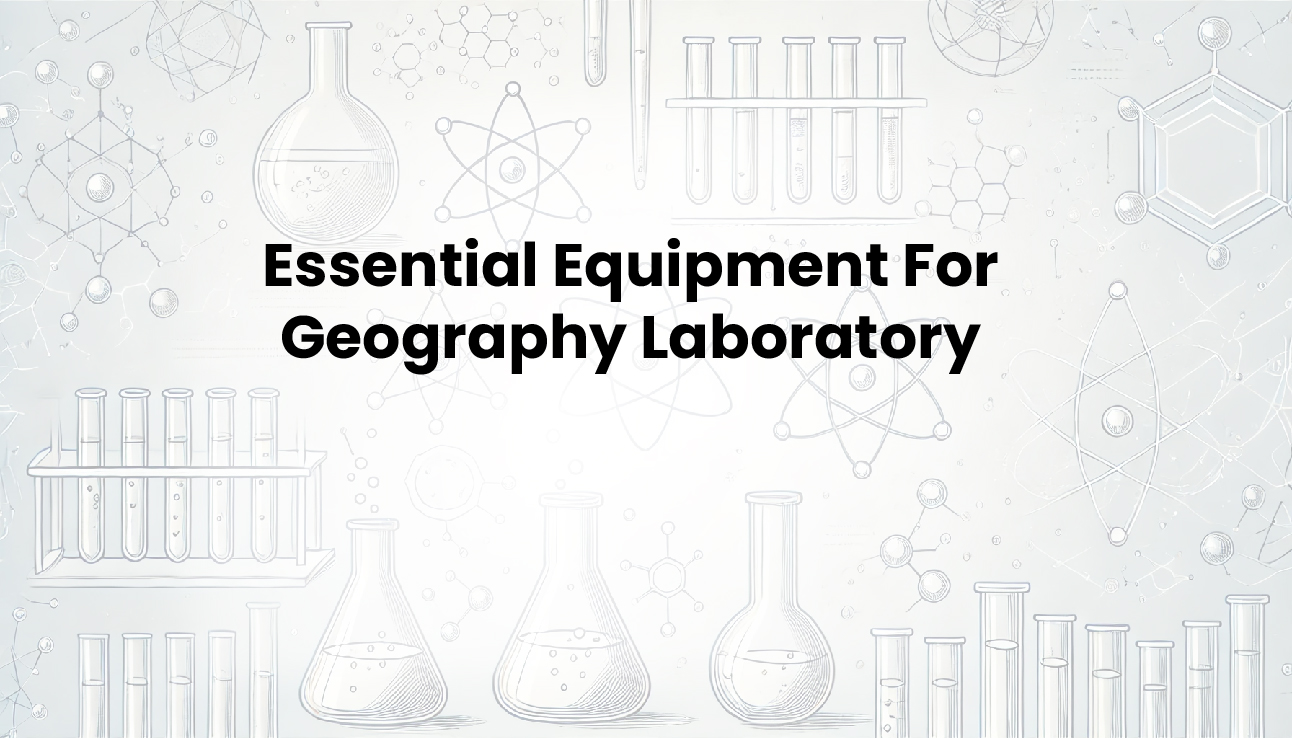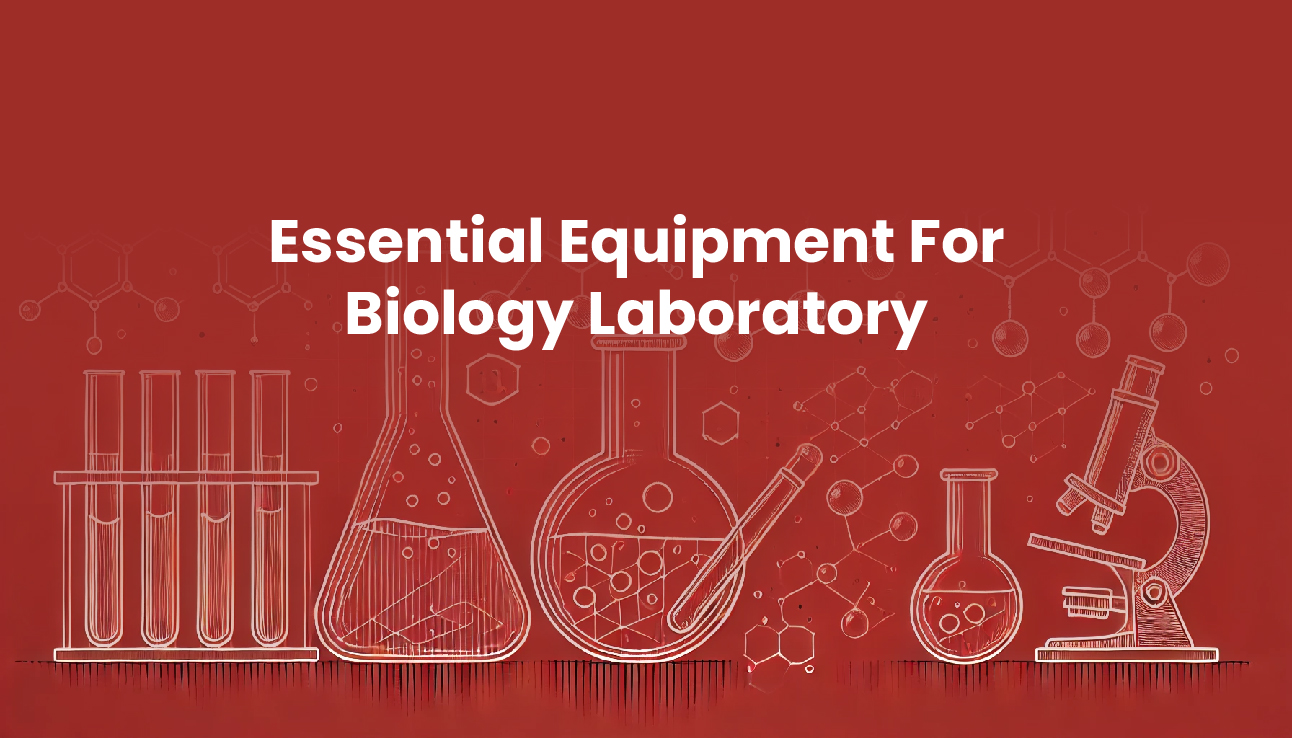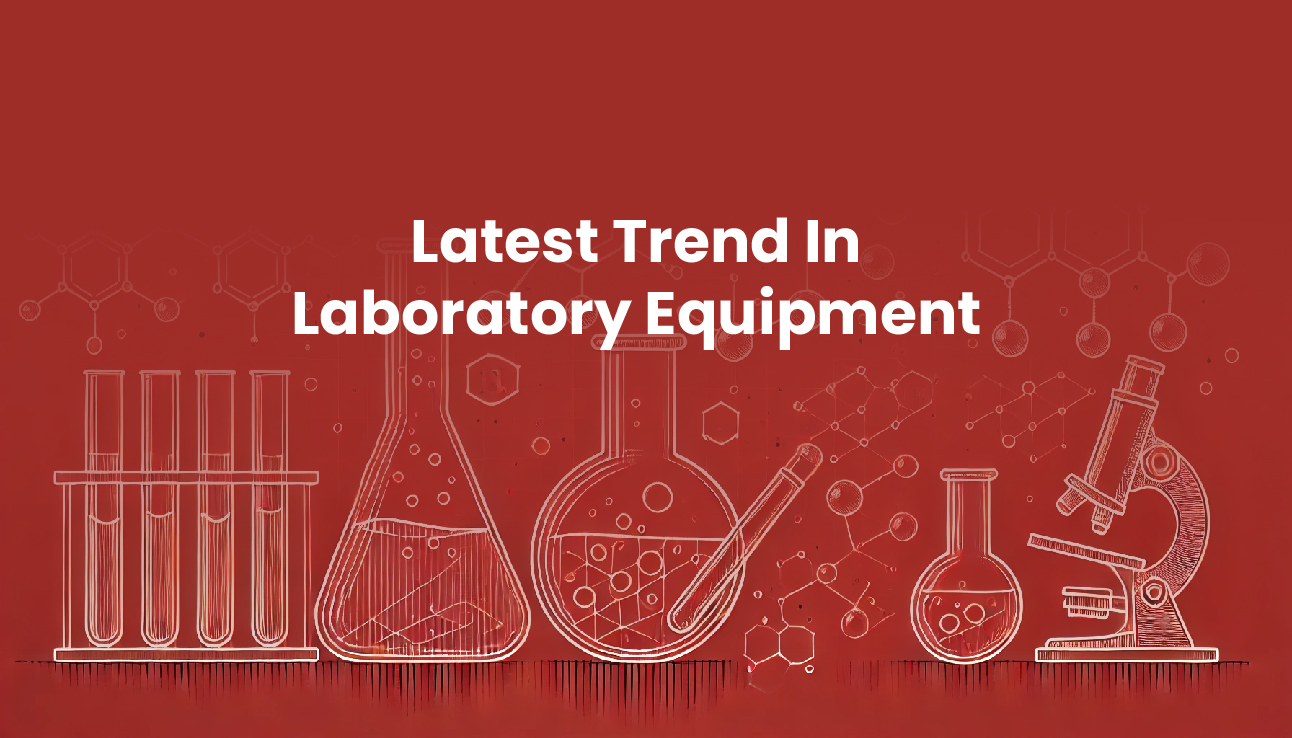As a lab professional, selecting the right medical diagnostics equipment is one of the most critical decisions you’ll make for your lab. Whether you’re running a medical laboratory, a school lab, or a facility on an oil rig, the tools you choose can directly affect the quality of your work and, more importantly, the health and safety of those relying on your results.
With so many options available, navigating the maze of medical diagnostics equipment can feel overwhelming. But it doesn’t have to be. In this guide, we’ll break down everything you need to consider when selecting equipment for your lab, making the process as smooth as possible.
Why Careful Selection Matters
When it comes to medical diagnostics equipment, not all machines are created equal. Some may be more suited for clinical settings, while others are better suited for industrial labs. Making the wrong choice could mean inaccurate results, wasted resources, and, in extreme cases, legal repercussions.
What to Consider Before Making a Purchase of Medical Diagnostics Equipment
1. Specific Needs of Your Lab
First, What kind of diagnostics do you run in your lab? The type of tests you’re conducting will greatly influence the equipment you need. For example, if you’re dealing with high-throughput clinical diagnostics, you’ll want equipment capable of quickly handling large sample volumes. If your lab focuses on research, precision and flexibility in equipment will be key.
Start by creating a list of the primary functions your lab performs. This will help you prioritize your purchases based on your core needs. If you’re running an educational facility, you may not need the high-end machines used in a hospital, but you’ll still need durable, user-friendly equipment for students.
2. Budget Constraints
Let’s face it: medical diagnostic equipment can be pricey. And while it may be tempting to opt for the cheaper alternatives, remember that quality often comes with a price. Cheaper equipment may break down faster or deliver less reliable results, costing you more in the long run.
That being said, there are ways to optimize your budget. Consider buying refurbished equipment or leasing machines if outright purchase isn’t an option. Always weigh the cost against the machine’s lifespan and maintenance requirements.
3. Regulatory Compliance
In medical and scientific fields, compliance with regulatory standards is non-negotiable. Equipment must meet all the necessary safety and quality certifications, depending on your region. For instance, in the U.S., the FDA regulates medical devices. Failing to adhere to these standards could lead to operational shutdowns or worse.
4. Ease of Use and Training
Sophisticated equipment often comes with a steep learning curve. If you’re purchasing complex diagnostic machinery, you’ll need to factor in the time and cost of training your staff. The easier the equipment is to use, the quicker your team can get up to speed, and the less downtime your lab will experience.
5. Scalability and Future Needs
Think long-term. Your lab may only handle a certain number of samples today, but what happens when your operations expand? Will your equipment still meet your needs? Opt for equipment that can grow with your lab, either through additional modules or easy upgrades.
6. Maintenance and Support
No matter how cutting-edge your equipment is, regular maintenance is crucial. You’ll want to ensure that the manufacturer provides strong customer support, including quick access to repair services, spare parts, and technical assistance. It’s also wise to opt for machines that are easy to maintain, especially if you’re in a remote location like an oil rig or a distant factory.
7. Data Management and Integration
In today’s digital world, having equipment that can easily integrate with your lab’s information systems is crucial. Look for machines that offer seamless data transfer capabilities, either through direct integration with your Laboratory Information Management System (LIMS) or via easy-to-export data files.
8. Environmental Considerations
Finally, don’t overlook the environment in which your equipment will operate. Labs in schools or medical settings may have different environmental demands than those on an oil rig or in a factory. Will the equipment hold up in less-than-ideal conditions? Ensure you’re choosing machinery that is robust enough for your specific environment.
Steps to Purchasing Medical Diagnostics Equipment
1. Research Brands and Manufacturers
Do your homework. Look into the reputation of the manufacturers you’re considering. Read customer reviews, check out testimonials, and speak with other lab professionals who have used the same equipment. Established brands often offer more reliable products and better customer service.
2. Request Demos
Whenever possible, request a demo of the equipment you’re interested in. This will allow you to see the machine in action and assess its ease of use, efficiency, and fit for your lab. Demos also provide a chance for your team to ask questions directly to the vendor.
3. Compare Warranties and Support Packages
Not all warranties are the same. Before making a purchase, be sure to compare the warranties and support packages from various manufacturers. Consider factors like repair times, availability of spare parts, and customer service hours, especially if you’re operating in a different time zone or a hard-to-reach location.
4. Evaluate Long-Term Costs
The initial purchase price is just the beginning. Don’t forget to consider the long-term operational costs, such as maintenance, repairs, consumables (like reagents or parts that require regular replacement), and software updates. A piece of equipment may seem affordable at first but could become expensive to maintain over time. Make sure to calculate the total cost of ownership before making a final decision.
5. Check Compatibility with Existing Equipment
If you already have equipment in your lab, it’s essential to ensure that any new devices are compatible with your existing setup. This applies not only to physical connections but also to data integration. Check if the new equipment can communicate with your current systems, software, or even LIMS, as this will save you time and effort in the long run.
6. Assess Energy Efficiency and Environmental Impact
In today’s world, energy efficiency isn’t just a nice-to-have; it’s often a necessity. Equipment that uses less energy not only reduces your operational costs but also contributes to a more sustainable lab environment. Additionally, consider the environmental impact of the equipment, such as waste generation and whether the manufacturer offers eco-friendly options or recycling programs for used parts and consumables.
Simmy Franks: A Reliable Supplier Of Medical Diagnostics Equipment
Simmy Franks is one of the most reliable suppliers of medical diagnostics equipment in the industry. Simmy Franks is known for offering a wide range of high-quality lab devices that cater to all types of laboratories, whether clinical, educational, or industrial.
What sets Simmy Franks apart is their commitment to customer satisfaction. They provide thorough consultations to help you identify the best equipment for your needs and offer flexible financing options to suit your budget. Their products meet all regulatory standards, and they offer comprehensive maintenance packages to ensure your equipment remains in top condition.
With Simmy Franks, you can rest assured that you’re getting top-notch equipment designed to meet the unique demands of your lab.
Contact Simmy Franks today to learn more about how they can help you make the right choice for your lab’s future. Let them guide you through every step of the process, from initial consultation to after-sales support.
Medical And Diagnostics Equipment: Frequently Asked Questions (FAQ)
1. What is medical diagnostic equipment?
Medical diagnostics equipment refers to the machines and devices used to analyze biological samples and determine the presence of diseases, infections, or other medical conditions.
2. Why is it important to select the right diagnostic equipment for my lab?
Choosing the right equipment ensures accurate results, regulatory compliance, and long-term operational efficiency.
3. How can I ensure my equipment meets regulatory standards?
Always verify that the equipment you’re considering has the necessary certifications for your region, such as FDA approval in the U.S.
4. What factors should I consider when purchasing diagnostic equipment?
Consider the specific needs of your lab, your budget, ease of use, regulatory compliance, maintenance, and data management capabilities.
5. Is buying refurbished diagnostic equipment a good idea?
It can be, as long as you purchase from a reputable supplier who offers warranties and reliable after-sales support.
6. How do I know if my lab equipment is scalable for future needs?
Look for machines that offer modular designs or upgrade options to meet the growing demands of your lab.
7. How do I maintain my lab equipment?
Regular maintenance, proper calibration, and timely repairs are crucial. Ensure the manufacturer provides support and readily available spare parts.
8. What are some common issues with medical diagnostics equipment?
Common issues include calibration errors, software malfunctions, and wear and tear on parts due to frequent use.
9. Why should I choose Simmy Franks for my lab equipment?
Simmy Franks offers high-quality, reliable equipment, excellent customer support, and flexible financing options tailored to meet your lab’s needs.
10. How can I contact Simmy Franks for more information?
You can reach Simmy Franks through their website or by contacting their customer service team directly for personalized assistance.





